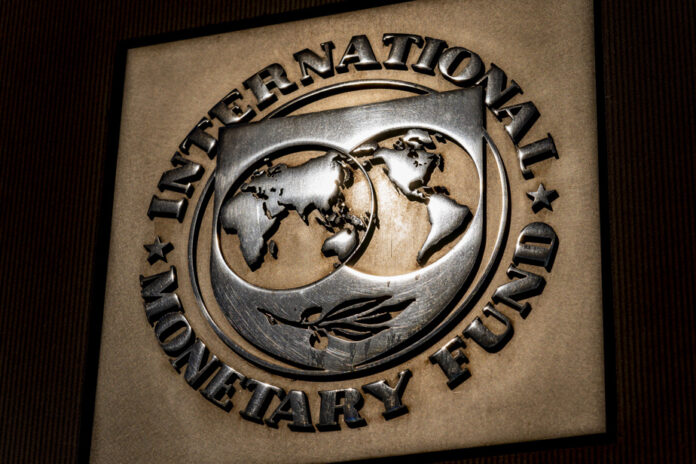Every week, you send your questions on the economy, finances, markets, etc. Our journalists try to answer them with the help of experts.
The World Bank and the International Monetary Fund (IMF) were born out of the Bretton Woods agreements in 1944, which established a new international monetary order after the Second World War.
These institutions play complementary roles.
Initially, the World Bank financed the reconstruction of war-torn European countries – France obtained the first loan from what was then called the International Bank for Reconstruction and Development, US$250 million, in May 1947 – and the development of Third World countries.
For its part, the IMF guarantees the stability of currencies according to the gold standard and the American dollar, at the heart of the international monetary system.
With the end of the convertibility of the American dollar into gold, on August 15, 1971, by American President Richard Nixon, the role of the two financial institutions evolved, to explain the professor of economics at UQAM Philippe Goulet Coulombe, in a interview.
“The fund will take care of the macroeconomic and financial stability of governments. The World Bank is more about the long term. She specializes in development economics. It will ensure, in the poorer countries where it operates, to have public policies that will lead them on a path of economic growth, which will increase the country’s standard of living. »
On its website, the World Bank maintains that one of the main areas of intervention remains the reduction of poverty.
Its financing comes from bond issues on the world markets. For example, in 2019 it raised $54 billion in 27 currencies. The rest of the money at its disposal comes from quotas from the 189 member countries and allocations from the richest countries.
Member countries are represented by a Board of Governors, the decision-making body of the institution.
With the money, the bank grants loans or grants to developing countries in order to finance structuring projects. Since 1947, the World Bank has financed more than 12,000 development projects, according to its website.
For its part, the IMF “acts as a lender of last resort for governments in financial difficulty”, explains Mr. Goulet Coulombe. The loan comes with conditions in the form of fiscal austerity: increased tax revenues and reduced public spending, sometimes even tweaking the conditions of pension schemes in the case of Greece [from 2010 to 2018]”.
Funds available to the IMF come from three sources: member country quotas, multilateral borrowing agreements, and bilateral borrowing agreements.
The IMF is governed by an Executive Board made up of 24 members, 8 of whom are permanent. As of June 30, the United States holds 16.5% of the voting rights, according to the IMF website. Besides the Americans, the major shareholders are Japan followed by China.
According to Damien Millet and Éric Toussaint, authors of the book 50 questions, 50 answers on debt, the IMF and the World Bank, the two institutions under the control of the United States and its allies are criticized by the countries of the South and those of the BRIC [Brazil, Russia, India and China] who want a reform of the governance of these institutions taking into account their growing power.















